National historic persons
Saint-Louis Forts and Châteaux National Historic Site
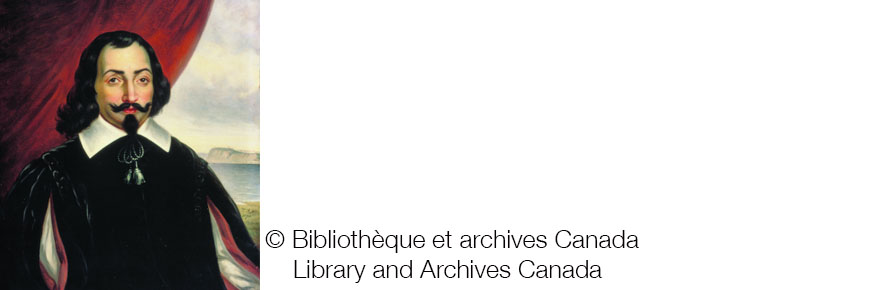
Samuel de Champlain (1567-1635)
In 1608, Samuel de Champlain chose the site of Quebec to establish the first French permanent settlement in America. The explorer recognized the headland as a strategic location and in 1620 had the first Saint-Louis fort built. It comprised a dwelling and several wooden buildings surrounded by a palisade. In 1626, Champlain enlarged the facility, surrounding this second fort with earthen ramparts covered in wood. In 1633, following a short stay in France, his health declined rapidly. He died in his Fort Saint-Louis dwelling on Christmas Day 1635.
He was designated for his national importance in 1929 because he was noted as explorer, the founder of Québec, and considered father of New France.
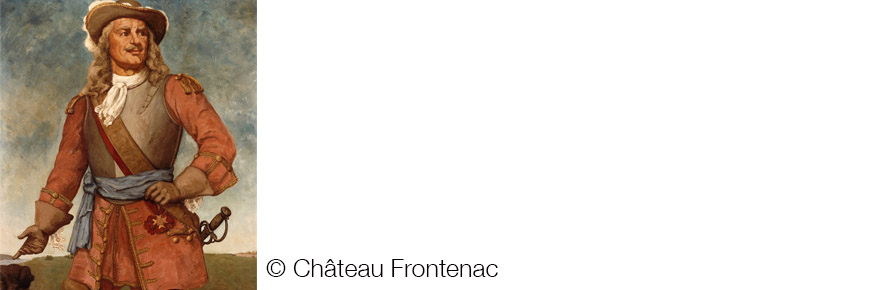
Louis de Buade (1622-1698)
Louis de Buade, Count of Frontenac and Palluau, governed New France between 1672 and 1682, and again from 1689 until he died in Québec in 1698. During his second term, Frontenac had the fourth and final Saint-Louis fort built. Construction began in 1691 and lasted two years. The fortification remained unchanged until the fall of Québec in 1759. In 1694, Frontenac ordered reconstruction work on the second Château Saint-Louis. The new building was two storeys high with a slate roof. It was at the Château Saint-Louis that Frontenac uttered his famous rejoinder – “I have no reply to make to your general other than from the mouths of my cannons and muskets” – to the emissary of Sir William Phips, who laid siege to Québec in 1690.
He was designated for his national importance in 1974 because he was Governor General of New France (1672-82, 1689-98), and extended it to the Great Lakes.
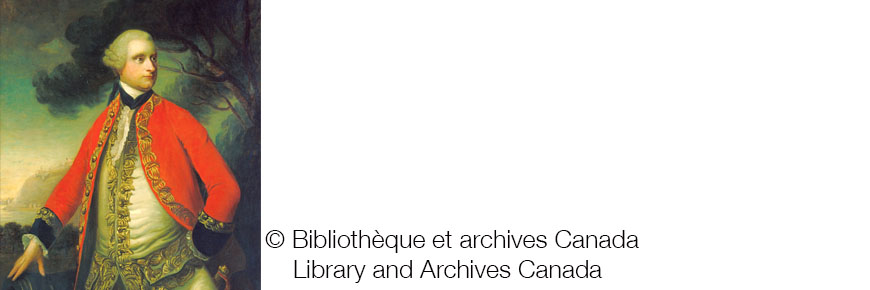
James Murray (1721-1794)
James Murray was the first British governor in Québec.
He was designated for his national importance in 1955 because he was Military Governor of Quebec District (1760-63), and Governor of the Province of Quebec (1763-68).
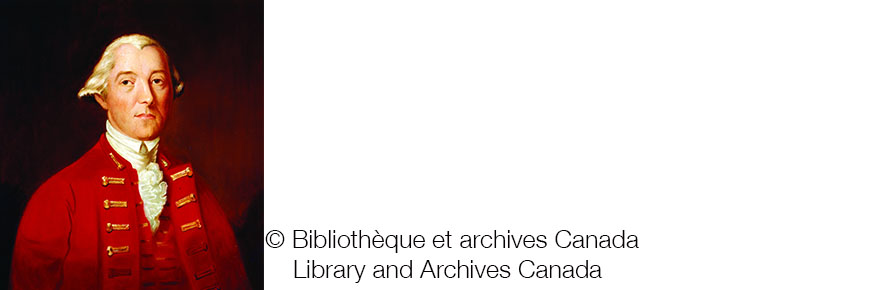
Guy Carleton, baron de Dorchester (1724-1808)
He was designated for his national importance in 1974 because he was Governor of Quebec (1768-78), and Governor-in-Chief of British North America (1786-96).
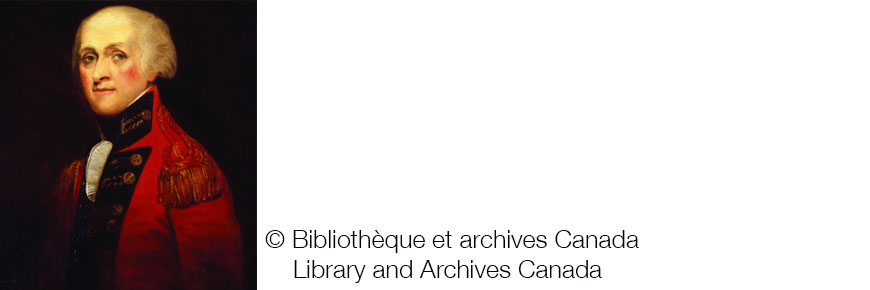
Frederick Haldimand (1718-1791)
Frederick Haldimand, a Swiss-born career soldier, entered the British army in 1755 and rose to the rank of general. In 1758 he served at Carillon and participated in the capture of Montréal two years later. As governor of Québec from 1778 to 1786 Haldimand managed the colony through the critical years of the American Revolution. He ordered the construction of the canal at Coteau-du-Lac in 1779, and at the close of the American war personally arranged and supervised the settlement of Loyalists and Indian allies of the Crown in the region that became Upper Canada. He died in Switzerland.
He was designated for his national importance in 1974 because he was Governor of Quebec (1778-86), built the Coteau-du-lac Canal (1779), and settled Loyalists.
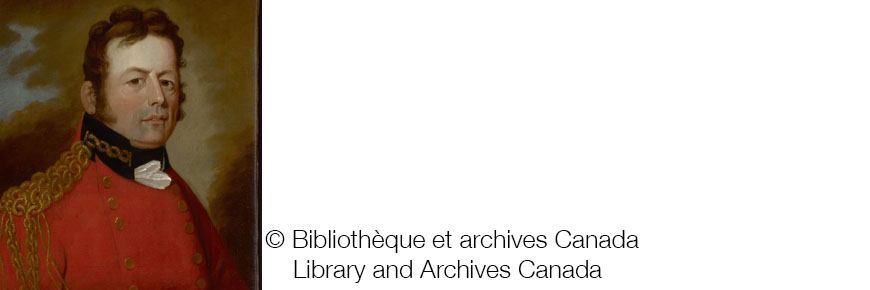
George Prevost (1767-1816)
Prevost was governor-in-chief of British North America and commander of the British and Canadian forces during the War of 1812. Drawing upon 30 years of military experience, he implemented a strategy that minimized losses and ensured protection of key communication and supply routes. His diplomatic skills and bilingualism secured vital support to raise funds and colonial troops. Prevost’s reputation was tarnished by his handling of naval operations at Plattsburgh (New York) in September 1814. He consequently received little credit for having successfully defended Upper and Lower Canada during the war.
He was designated for his national importance in 2014 because he was lieutenant-general, captain general and governor-in-chief of British North America, from September 1811 to March 1815.
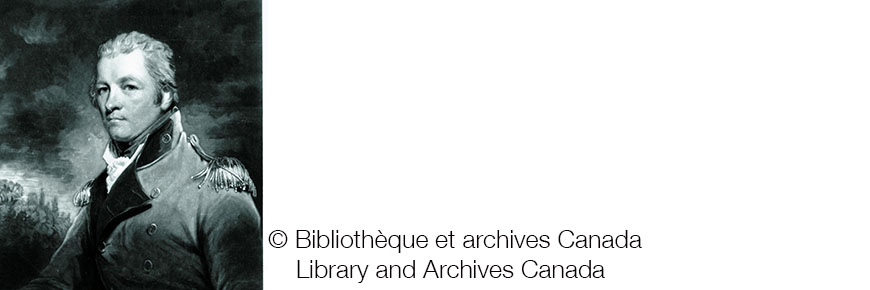
Charles Lennox, duc de Richmond (1764-1819)
Charles Lennox was appointed Commander-in-Chief of all the British North American colonies and Governor-in-Chief of Lower Canada in May 1818. He received a mandate to improve the colonies defences and inland navigation system. Lennox recommended the strengthening of the fortifications at Québec City and the building of a fort, later named in his honour, on Ile aux Noix and also promoted canal construction on the Ottawa River. His sudden death only a year after his appointment was lamented in both Canada and Britain.
He was designated for his national importance in 1923 because he was Governor General of Canada in 1818.
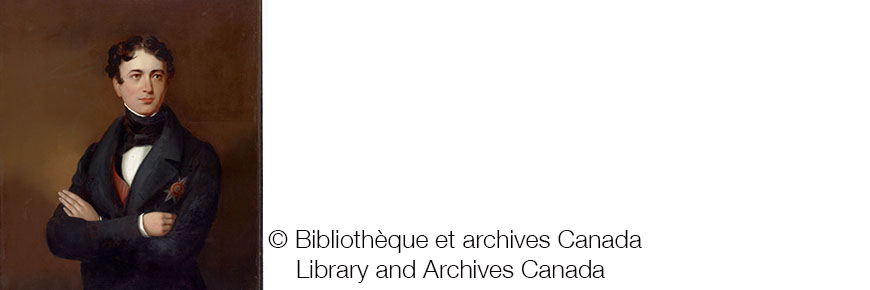
John George Lambton, compte de Durham (1792-1840)
After a prominent public career in Britain, Lord Durham was appointed Governor General and High Commissioner of British North America in 1838. Charged with the investigation of the troubles in Upper and Lower Canada, he remained here five months and then wrote his famous Report on the Affairs of British North America. This political document stirred considerable controversy, but it led to the union of Upper and Lower Canada in 1841, the introduction of responsible government and municipal government, and the growth of national feelings in Canada.
He was designated for his national importance in 1974 because he was Governor General and High Commissioner of British North America in 1838.

Frederick Blackwood, marquis de Dufferin (1826-1902)
As Canada’s third Governor General, from 1872 to 1878, Lord Dufferin played a prominent role in Canadian politics. Not only did he prevent the complete demolition of the fortifications of Québec, he also launched numerous projects to beautify Old Québec. The terrace Dufferin recalls his memory.
He was designated for his national importance in 1975 because he was Governor General of Canada (1872-78), writer, traveller, linguist and diplomat.
- Date modified :